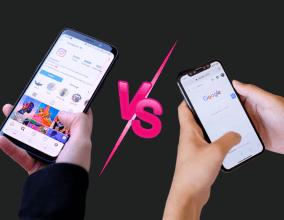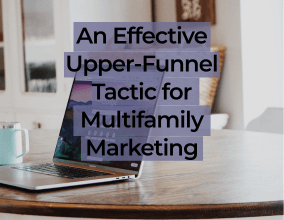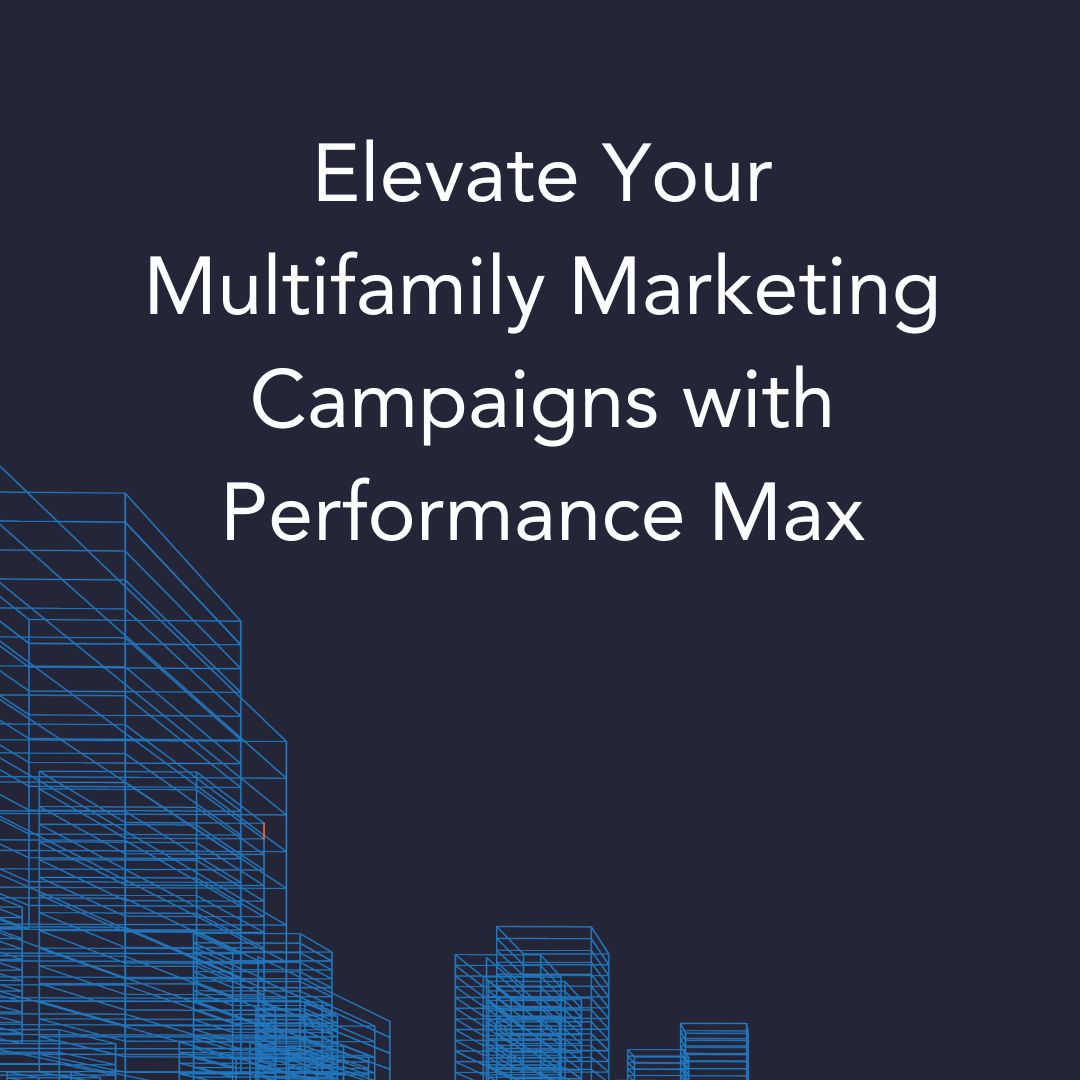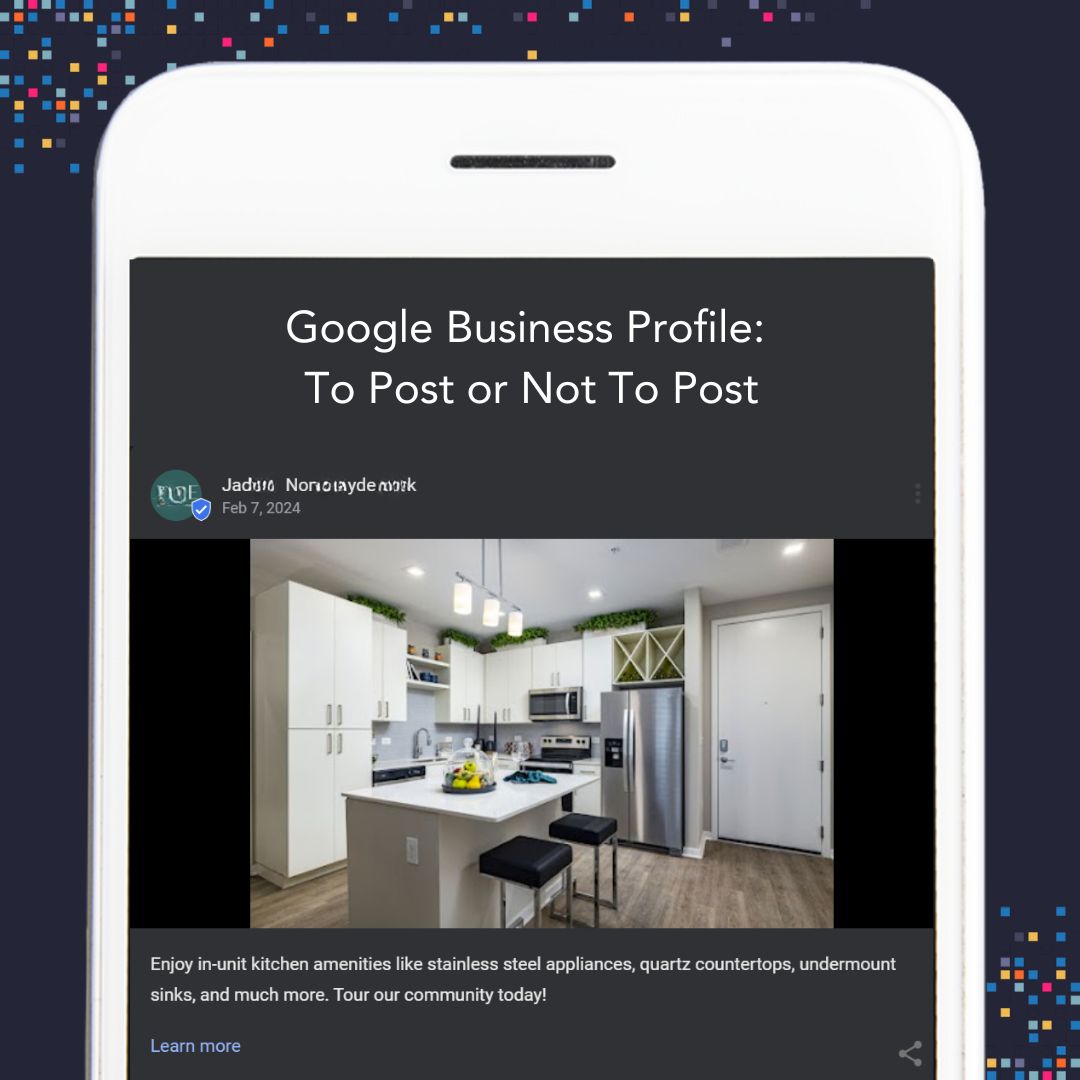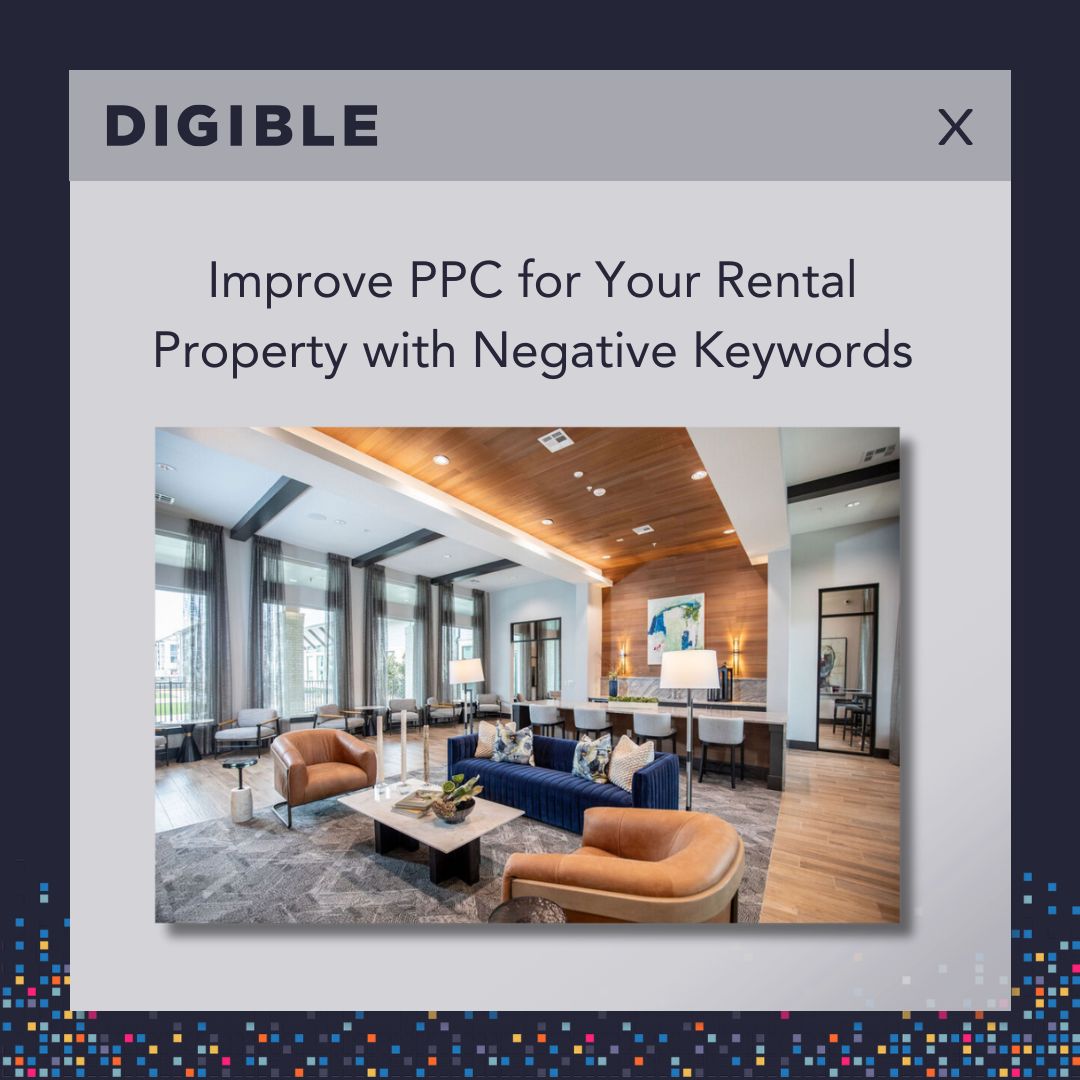Capitalizing on WFH Culture in the Advertising
Overview
A historic shift has taken place in the way we work. 2020 saw the rise of working from home, and 2021 has proven that it is here to stay; at least in some capacity. This got our team interested in the impacts WFH had on the housing industry and how we could cater to this change. With terms like “cloffice” skyrocketing over this last year, it was evident that there was an opportunity to test WFH campaigns and content. We rolled these campaigns out across Paid Search, Paid Social and Display, being sure to include creative and copy throughout that spoke to this trend. Below is the outcome of that test:
Findings
| Paid Search | Impr. | Clicks | CTR | Avg. CPC | Conv. | Conv. Rate | CPA |
| Non-Brand | 17,023 | 1,165 | 6.70% | $1.87 | 132 | 9.39% | $26.90 |
| WFH | 502 | 32 | 6.38% | $5.45 | 6.5 | 18.01% | $27.33 |
| % Change | -97.05% | -97.25% | -4.74% | 191.18% | -95.08% | 91.85% | 1.63% |
| Paid Social | Impressions | Clicks | CTR | Canvas View Time (seconds) | Site Visit Rate | CPM |
| Generic (ILS) | 18,300 | 1,108 | 5.93% | 29 | 2.29% | $11.18 |
| WFH | 16,990 | 693 | 3.74 | 24 | 1.98% | $9.86 |
| % Change | -7.16% | -37.47% | -36.92% | -17.84% | -13.52% | -11.85% |
| Display | Impressions | Site Visit Rate | Cost/Site Visit |
| Generic Prospecting | 35,894 | 0.16% | $0.41 |
| WFH | 19,000 | 0.46% | $0.23 |
| % Change | -47.07% | 187.50% | -43.90% |
Conclusion
Paid Search: The traffic metrics make it clear that this is not a viable growth tactic. However, our rate metrics indicate that this campaign type can be a great way to boost efficiency. CTR was relatively flat from one campaign type compared to the other, but where the WFH campaign really shined was with conversion rate; boasting a 91.85% increase in conversions versus the generic non-brand campaigns.
*Launched new campaign with keywords & ad copy themed around WFH
Paid Social: The results on social were not as promising as other channels. Metrics such as canvas view time, site visit rate and CTR were all slightly down. But, given that these numbers were not terrible, I believe there is still room for improvement and additional testing with WFH specific creative folded into our canvas ads.
*Launched detailed demographics & ad copy themed around WFH
Display: More testing is certainly needed here, but this sample account showed us that WFH creative and ad copy could be an excellent way to boost lack-luster display metrics; particularly site visit rate, which saw a 187.50% increase with WFH creative compared to generic creative.
*Launched creative in our prospecting campaign with WFH language
Main Takeaways
- Efficiency Tactic
WFH keywords are hyper-specific, meaning that our keyword audience pool will not be as robust as more generic terms. Rolling out a WFH campaign is a great way to drive efficiency within your account, as it has a phenomenal conversion rate and audiences searching for these terms are very clear on what they are looking for.
- Create Engaged Awareness
WFH creative on Display appears to be a promising way to drum up engaged awareness amongst our target market. It garnered a 187.50% higher site visit rate than its generic creative counterparts. However, since we only run this in one account, more testing is needed to make a more informed recommendation.
- Not a Viable Growth Play on Search
Traffic on search was less than impressive, which makes sense given the specificity of these keywords. Perhaps as WFH support, cloffices, etc. become more popular we will see an uptick in traffic here, but at this time, this campaign type should not be used as a way to boost traffic in Search accounts.




